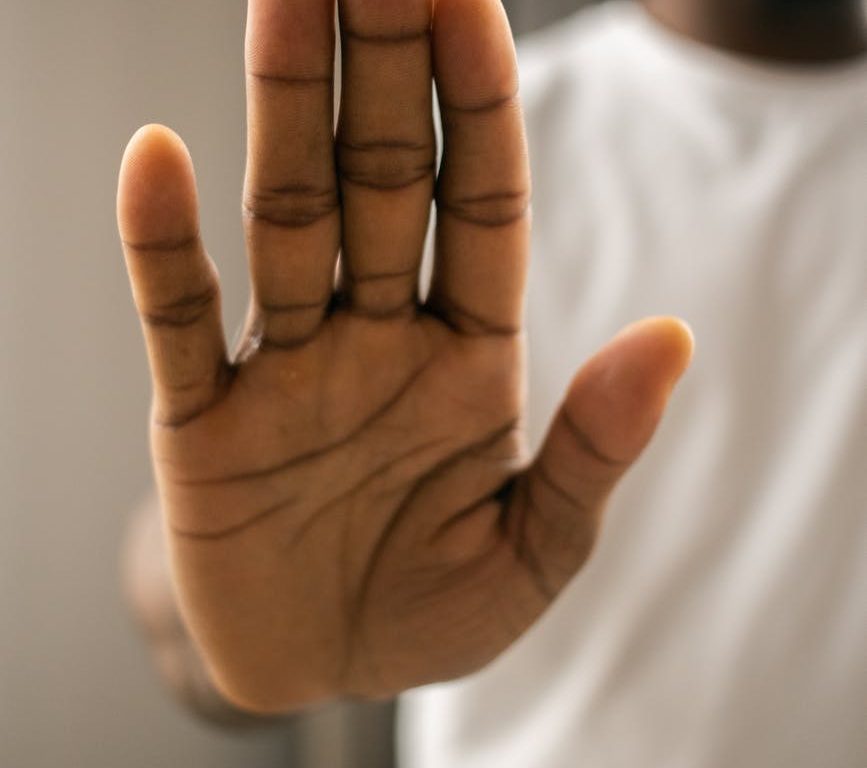Self doubt is very common. The number of students I see who look frightened when presented with a new piece of music is quite staggering, but why is this? They don’t pick up a book or website they haven’t seen before and panic in the same way. Reading music can be seen as just reading another language and understand what it is trying to say. True, when reading a piece of prose you don’t have to worry too much about pitch, rhythm or the sound, after all most reading is done in the mind and not out loud. I suppose though that when we are reading out loud, pitch and inflections do make a difference, sometimes to the whole meaning.
All this is strongly connected to negativity bias which we touched on previously. This is a scientifically accepted condition where humans generally only focus on the negative aspects of something they are doing. Studies have been conducted which show that if you present somebody feedback where 10 points are highlighted and 9 of them are positive and one is negative guess what? We all (almost without exception), focus on the one negative and ignore the positive aspects. It could be argued that the negative areas need attention to become better at what we are trying to achieve, but being critical means that we should also acknowledge the parts that we think went well.
Another interesting aspect of negativity bias is that it is much easier to turn a positive into a negative than the other way around. Politics gives us a good example of this, perhaps a politician has a very good reputation and works really hard for their constituents and enjoys a very high popularity rating. If they are then found to have acted inappropriately in some way then their ratings would fall very rapidly. Once that has happened then studies have shown that it is almost impossible, whatever good work they subsequently might undertake, to recover. Apparently we don’t forgive easily! There is a good Ted talk on this on YouTube (https://youtu.be/7XFLTDQ4JMk) explaining some of the science.
So what has this got to do with teaching brass instruments?

Well, it starts to get students into a downward spiral. If something doesn’t go as well as they think it should then that dwells on their mind. This often makes them more anxious and they then start to make more mistakes which fuels the anxiety which causes more mistakes and so on.
The nature of negative bias makes it very difficult to counteract but there are things that could help. Firstly there is allowing yourself to make a mistake. I first came across this in “The inner game of music” by Barry Green and W. Timothy Gallwey (This is an excellent book for exorcising performance demons), and does work for some people. If you ask someone to give them permission to make a mistake then you are reinforcing the idea that nothing is perfect and it doesn’t matter if you make the odd mistake. The remarkable thing is that when it does work it seems to fix all kinds of problems of pitching, hesitation and other mishaps. It doesn’t always work and sometimes it has an effect for a bar or two but it can be useful to break the circle.
Part of negativity bias is that although it is difficult to change there are things that can help. Asking a student to say what went right with a performance focuses them on the more positive aspects of the piece, but persistence is required since it takes weeks sometimes for them to start to change the mindset. I have also read that it takes 5 or 6 postive statements regularly used to counteract the negative aspects students have about their performance.
If they have a particular performer they look up to, it can help to ask them to imagine they are that person playing in a concert hall in front of a large audience. This has the effect of taking away the playing from themselves and transferring it somewhere else, reducing tensions and distancing them from the performance.
Finally, paint a picture. This is a standard way of improving a performance but if a student can tell a story or paint a picture or video with the music, that can have the same effect as visualising themselves as a different performer, but it does require a level of imagination at times about what they are playing.
This is an interesting side of music, and as a teacher it can be quite frustrating, but once recognised, can be a fun challenge to help a student over come this and become a better player.



